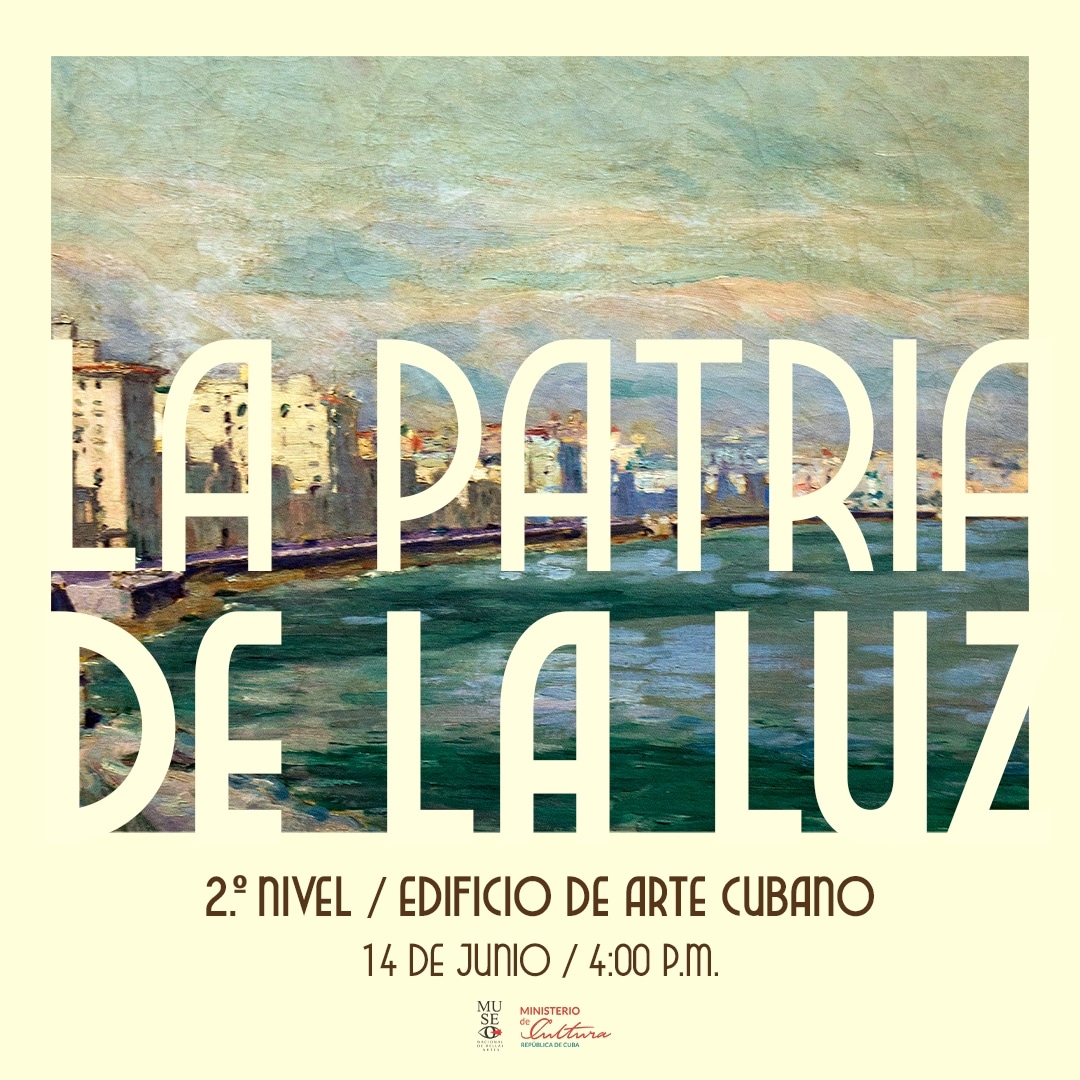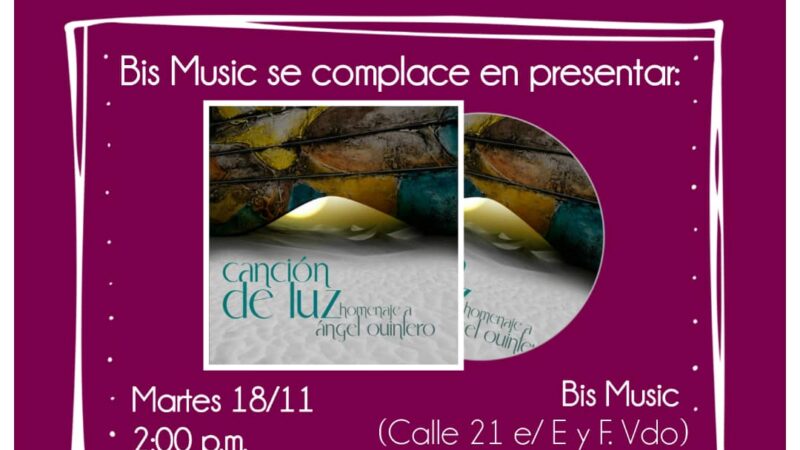Exhibition Dedicated to Representations of Light in Turn-of-the-Century Painting

The treatment of light as a symbol of modern pictorial art during the Turn-of-the-Century period in Cuban art will be the central focus of La patria de la luz, an exhibition opening on Friday at the National Museum of Fine Arts.
Curated by Delia López Campistrous, the exhibition explores a catalog of painters for whom the representation of light became an expression of modernity. This was achieved through techniques such as filtered light, backlighting, the luminous glows of the tropical light, and reflections on wet surfaces.
The exhibition, which will occupy the temporary exhibition hall of the Cuban Art Building, will feature more than fifty works inviting the rediscovery of several generations of artists. Despite being sometimes forgotten and other times vilified for their academicism, these artists are finding their place in the history of Cuban art, assures López Campistrous, who is also the institution’s Deputy Technical Director.
The specialist reaffirmed that «Turn-of-the-Century art in Cuba is considered to encompass the artistic production from 1880 to 1927. It includes diverse aesthetics and influences, notably realism, symbolism, and impressionism, with the common denominator of constituting a non-avant-garde modernization process,» highlights the note from the Fine Arts.
Delia López Campistrous explains that this category was introduced into the studies of insular art in 2001 (by the curatorial team of the museum’s Cuban halls) to fill a historiographical gap barely covered by the fleeting appearance of Turn-of-the-Century masters in institutional curatorships and national criticism.
La patria de la luz features prominent figures from the mentioned period, such as Armando García Menocal and Leopoldo Romañach, who became long-standing teachers in the plastic arts; painters with the integrity of Antonio Rodríguez Morey, and landscape artists like Domingo Ramos.
Also represented are women artists such as María Pepa Lamarque, Amelia Peláez del Casal, Silvia Fernández Arrojo, and Luisa Fernández-Morell Gobel; and other artists of the so-called «diluted generation,» including Enrique Crucet, Avelino Pérez Urriola, Pastor Argudín, Manuel Vega, and Guillermo Álvarez.
The exhibition will remain open until September 29.
Translated by Luis E. Amador Dominguez



